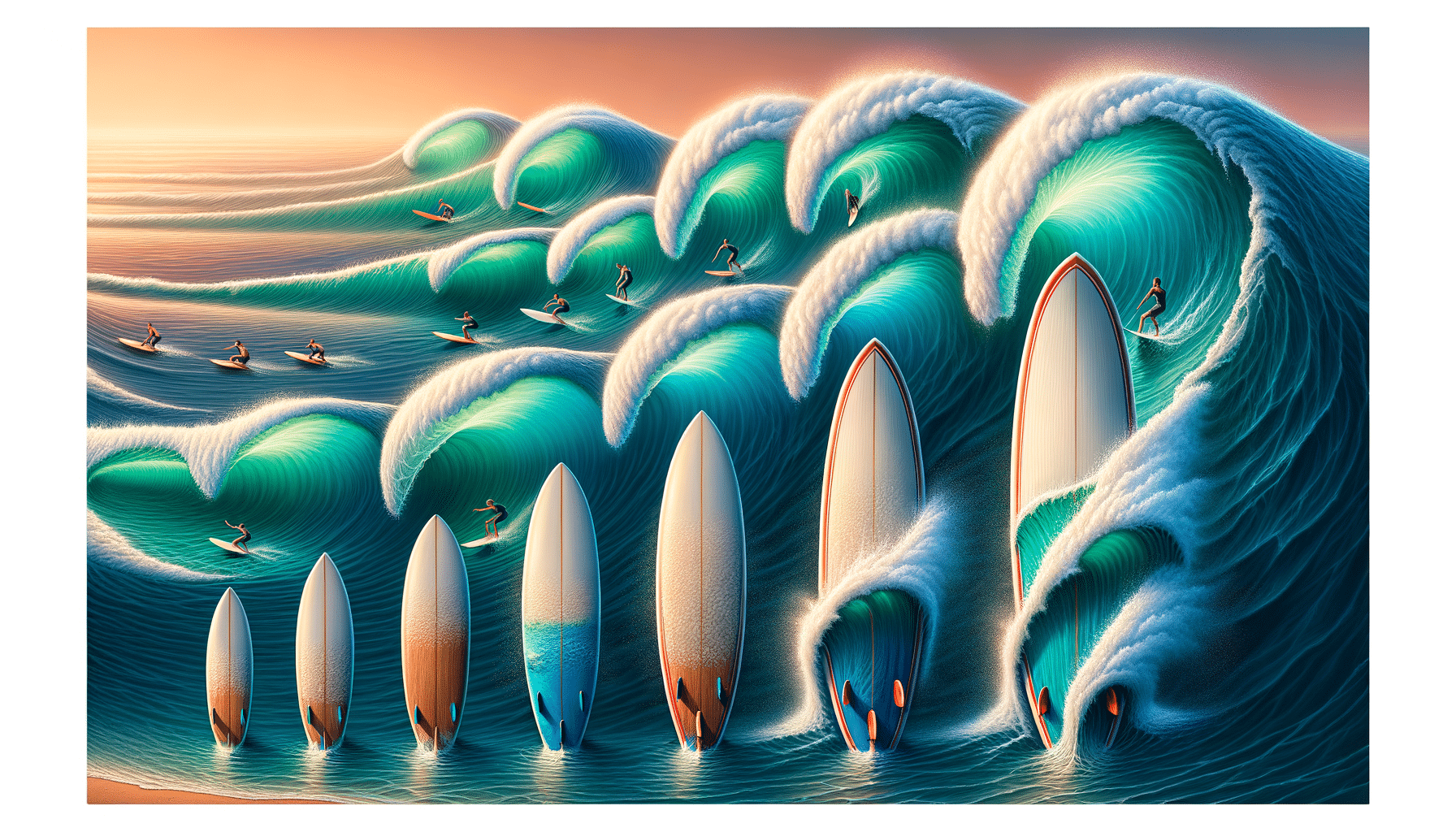
From Novice to Expert: A Complete Guide to Surfboard
Introduction to Surfboarding
Surfboarding is not just a sport; it’s a lifestyle embraced by millions around the globe. Whether you’re a beginner paddling out for the first time or an intermediate rider aiming to carve sharper turns, understanding the fundamentals of surfboarding is crucial. This guide dives into the core techniques of surfboarding, offering insights into how to read waves, position your board, pop up with confidence, and maintain balance while riding. We’ll also cover advanced tips like cutbacks, duck diving, and selecting the right equipment for different conditions. Get ready to transform your surfboarding skills and embrace the ocean’s rhythm like never before.
Understanding the Different Types of Surfboards
Surfboards come in various shapes and sizes, each designed for specific conditions and skill levels. Understanding the different types can significantly enhance your surfing experience. The primary categories include longboards, shortboards, fish boards, and funboards. Longboards, known for their stability, are ideal for beginners and those looking to ride smaller waves. Shortboards, on the other hand, are preferred by more experienced surfers who enjoy performing tricks and riding larger waves due to their agility. Fish boards offer a blend of speed and maneuverability, making them suitable for intermediate surfers. Funboards, as the name suggests, are versatile and cater to a wide range of conditions, making them a popular choice for those transitioning between longboards and shortboards.
- Longboards: Best for stability and smaller waves.
- Shortboards: Ideal for tricks and larger waves.
- Fish Boards: Offer speed and maneuverability.
- Funboards: Versatile for various conditions.
Choosing the right surfboard depends on your skill level, the type of waves you intend to surf, and personal preference. By experimenting with different boards, you can find the perfect match to enhance your surfing experience.
The Art of Wave Reading
Reading waves is an essential skill for any surfer aiming to improve their performance. Waves are influenced by various factors, including wind, tide, and the ocean floor’s topography. Being able to anticipate how a wave will break allows you to position yourself correctly and maximize your ride. Start by observing the wave’s direction and speed; waves that break from the left or right provide different riding experiences. Understanding the swell period, which is the time between waves, can also help in predicting the wave’s power. Longer swell periods generally indicate more powerful waves, while shorter periods suggest less energy.
Additionally, pay attention to the tides. High tides can make waves softer and easier to ride, while low tides often result in faster, more challenging waves. By combining these observations with practice, you’ll develop an instinct for wave reading, allowing you to make split-second decisions that enhance your surfing experience.
Mastering the Pop-Up Technique
The pop-up is a fundamental skill that every surfer must master. It involves transitioning from lying on the board to standing in one swift motion. A successful pop-up requires a combination of strength, balance, and timing. Begin by practicing on land; lie on your stomach with your hands positioned under your chest. In one fluid motion, push up with your arms and bring your feet under your body, landing in a crouched position. Your front foot should be near the center of the board, with your back foot positioned slightly behind.
Once comfortable on land, practice in the water on smaller waves. Timing is crucial; aim to pop up just as the wave starts to lift your board. This ensures you have enough momentum to stand and ride the wave. Remember, practice is key. The more you practice, the more natural the pop-up will feel, allowing you to focus on other aspects of surfing.
Advanced Surfing Techniques
Once you’ve mastered the basics, it’s time to explore advanced surfing techniques that can elevate your skills. Techniques like cutbacks, duck diving, and bottom turns are essential for navigating larger waves and performing tricks. A cutback involves turning the board sharply back towards the wave’s breaking point, allowing you to maintain speed and control. Duck diving is a technique used to pass through oncoming waves; it involves pushing the nose of the board underwater while simultaneously using your foot to guide the tail down.
- Cutbacks: Sharp turns back towards the wave.
- Duck Diving: Passing through waves by submerging the board.
- Bottom Turns: Transitioning from the bottom of the wave to the face.
These advanced techniques require practice and patience. Start by attempting them in smaller surf conditions before progressing to larger waves. With dedication and perseverance, you’ll soon be performing these maneuvers with confidence, allowing you to fully embrace the thrill of surfing.
Conclusion: Embrace the Ocean’s Rhythm
Surfboarding is a journey of continuous learning and adaptation. Whether you’re just starting or looking to refine your skills, the ocean offers endless opportunities for growth and adventure. By understanding the different types of surfboards, mastering wave reading, perfecting the pop-up, and exploring advanced techniques, you can enhance your surfing experience and embrace the ocean’s rhythm like never before. Remember, the key to success in surfing is practice, patience, and a deep connection with the ocean. So grab your board, hit the waves, and enjoy the ride!


